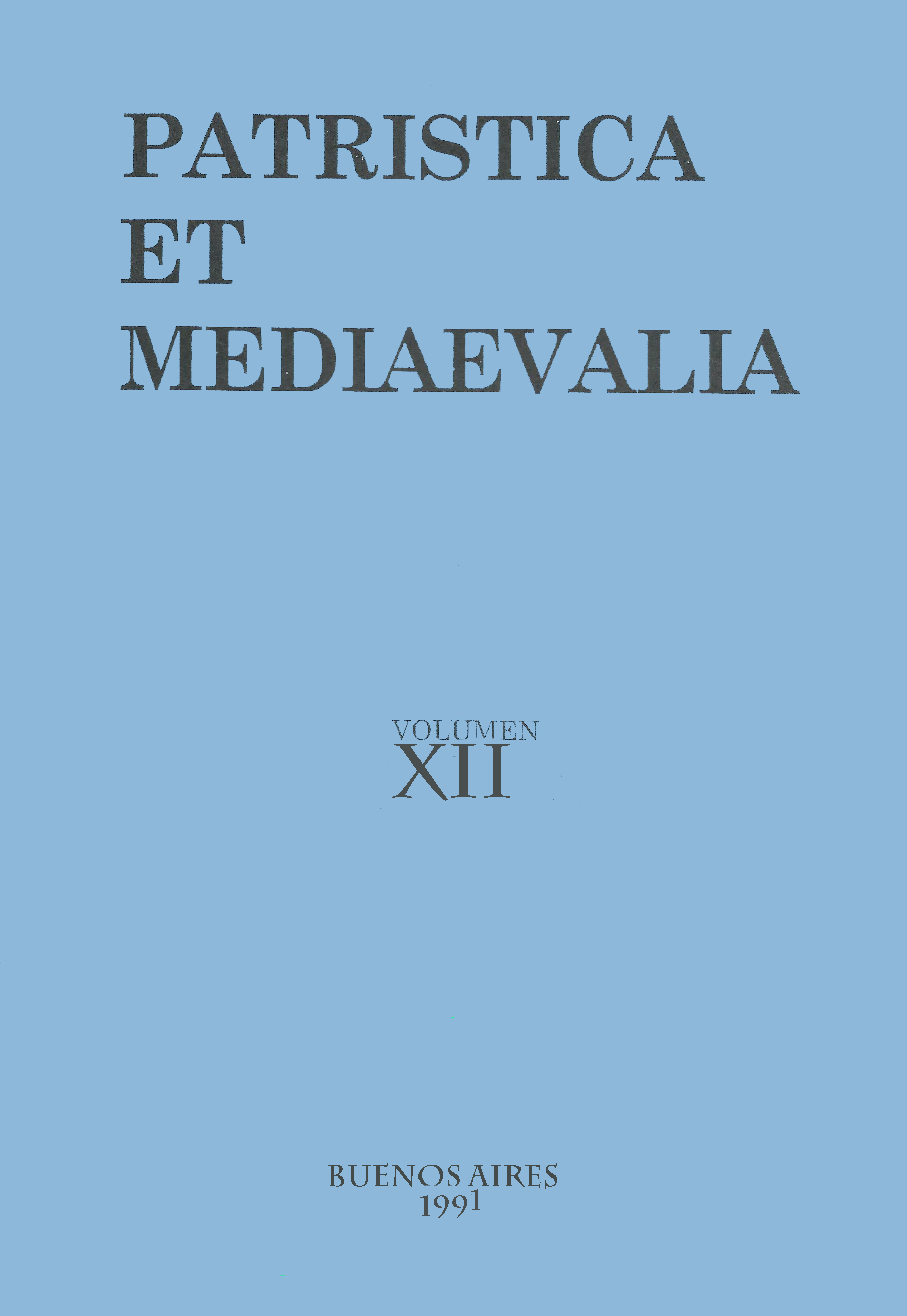Hypostatic Language and Redemptive Satisfaction in San Anselm
Abstract
Faced with two somewhat antithetical readings of the theory of satisfaction of Anselm –one “classical” (J. Hopkins), the other rather “revolutionary” (M. Corbin)– this article intends to propose, following in the footsteps of Anselm’s Pauline inspiration (theology of the two Adams), an interpretation that takes into account its essentially dynamic character. Six more footsteps at least must follow one another in order to arrive at a good understanding of satisfaction in St. Anselm, showing what conditions it (prae-satisfactio), what constitutes it (pro-satisfactio) and what overflows it (plus-quam-satisfactio). In this way, we manage to highlight the fundamentally new but not entirely new character of the new Adam (Adam 2) who must integrate what belongs to the first (Adam 1) while renewing it completely. It is thus necessary to think of it both in its esse (hypostatic language) and in its agere, (satis-facere), as the articulation of the two Adams in the two possible directions: Adam 2/1 + Adam 1/2.Downloads
1. The authors who publish in this magazine accept the following conditions:
-
They retain the copyright and grant to the magazine the right of the first publication, with the work registered under the Attribution-ShareAlike 4.0 International License that allows third parties to use what is published as long as they mention the authorship of the work and the first publication in this magazine.
-
They can make other independent and additional contractual agreements for the non-exclusive distribution of the version of the article published in this magazine (eg. include it in an institutional repository or publish it in a book) provided that they clearly indicate that the work was first published in this journal.
-
They are allowed and recommended to publish their work on the Internet (for example on institutional or personal pages).
2. AutoArchive Conditions. Authors are allowed and encouraged to distribute post-print electronic versions of their manuscripts because it promotes their circulation, a possible increase of quotation and a major reach among the Academic community. Color RoMEO: blue.













